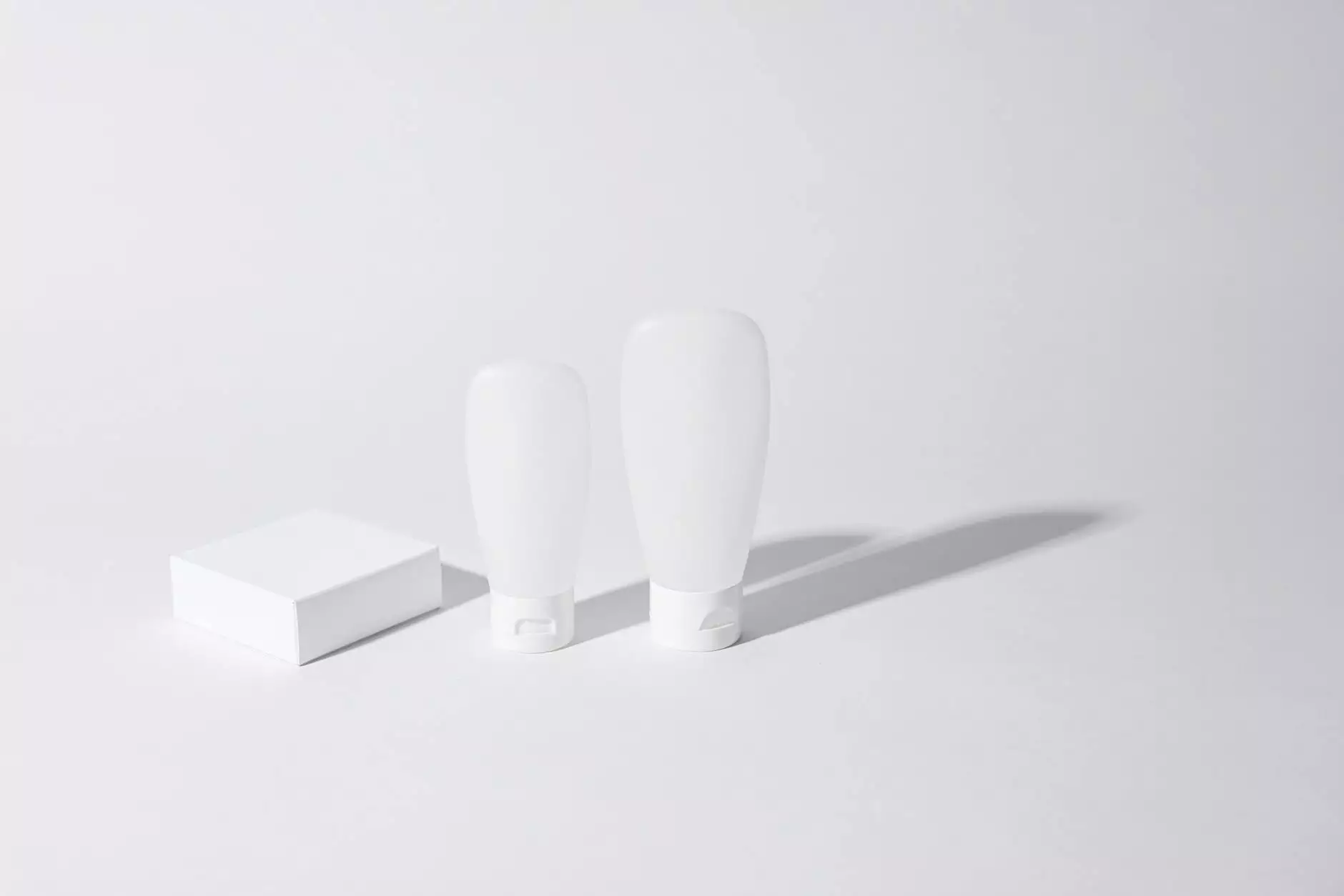Understanding Swollen Legs: What Does Swollen Legs Mean?

Swollen legs can be a common concern for many individuals, often leading to questions about their underlying implications and health risks. When people ask, "what does swollen legs mean?", it can signify various health issues that range from mild to severe. This article delves deeply into the meaning of swollen legs, exploring their causes, symptoms, and effective treatments.
What are Swollen Legs?
Swollen legs, scientifically referred to as edema, occur when excess fluid accumulates in the tissues of the legs, causing them to become enlarged. This condition can affect any part of the body but is most commonly observed in the lower extremities. The swelling can be temporary or chronic, depending on the underlying cause.
Common Causes of Swollen Legs
There are numerous reasons why someone might experience leg swelling. Understanding these causes is crucial for effective management and treatment. Here, we explore some of the most common causes:
1. Inactivity and Prolonged Sitting
One of the simplest explanations is inactivity. When individuals sit or stand for long periods, particularly in uncomfortable positions, fluid can accumulate in the legs, leading to swelling. Take breaks every hour to stretch or walk around to combat this.
2. Pregnancy
During pregnancy, a woman's body produces more fluids and blood to support the developing fetus. This increased fluid volume, combined with pressure from the growing uterus, often leads to swollen legs, especially in the third trimester.
3. Medical Conditions
Certain medical conditions can cause swollen legs, including:
- Heart Failure: This condition can lead to fluid buildup in the legs.
- Kidney Diseases: Poor kidney function can prevent proper fluid elimination.
- Liver Disease: Conditions like cirrhosis are known to cause edema.
- Vascular Issues: Conditions such as deep vein thrombosis (DVT) can restrict blood flow and lead to swelling.
4. Injuries and Infections
Injuries to the legs, such as sprains or fractures, can result in swelling due to inflammation and the body’s healing response. Additionally, infections can cause local swelling in the affected area due to increased blood flow and immune response.
5. Allergic Reactions
In some cases, allergic reactions can manifest as swelling in various parts of the body, including the legs. If a person has an allergy to foods, medications, or insects, they may experience significant swelling.
Symptoms Associated with Swollen Legs
Swollen legs can occur with various symptoms that may indicate the severity of the underlying issue. Some noticeable symptoms include:
- Skin Changes: The skin may appear stretched or shiny.
- Pain or Discomfort: Swelling can often be accompanied by pain or heaviness in the legs.
- Redness or Warmth: Inflammation or infection may lead to localized redness and warmth.
- Difficulty Walking: Severe swelling can impede mobility and basic movement.
When to Seek Medical Attention
Though swollen legs can often be benign, there are instances when medical evaluation is necessary:
- If swelling is sudden and severe
- If it is accompanied by chest pain or shortness of breath
- If you notice swelling only in one leg
- If swelling persists despite lifestyle changes or home remedies
Treatment Options for Swollen Legs
Treatment for swollen legs is contingent upon the underlying cause. Here are some common approaches:
1. Lifestyle Changes
In many cases, simple lifestyle adjustments can significantly reduce swelling:
- Elevating the Legs: Keeping legs elevated can promote fluid drainage.
- Staying Active: Regular exercise helps improve circulation.
- Compression Stockings: These can help manage swelling by applying consistent pressure.
2. Dietary Adjustments
A low-sodium diet can help mitigate fluid retention. Consult with a healthcare provider for personalized dietary recommendations.
3. Medical Interventions
For underlying medical conditions, specific interventions may be needed:
- Medications: Diuretics, or "water pills", can help reduce excess fluid.
- Physical Therapy: This may be recommended for rehabilitation and improving mobility.
- Invasive Treatments: For severe cases, procedures to address venous insufficiency or manage thrombosis may be necessary.
Preventive Measures Against Swollen Legs
Preventing swollen legs often involves maintaining a healthy lifestyle and being mindful of risk factors:
- Stay Hydrated: Drinking ample water can help maintain proper fluid balance.
- Manage Chronic Conditions: Keeping conditions like hypertension and diabetes under control is vital.
- Regular Check-ups: Regular visits to medical professionals can ensure overall health and early detection of potential issues.
Conclusion
In conclusion, understanding what swollen legs mean is crucial in managing your health effectively. Whether due to lifestyle factors, medical conditions, or injuries, recognizing the symptoms and knowing when to seek help can make a significant difference. If you experience persistent or severe swelling, don’t hesitate to consult with a healthcare professional for a proper diagnosis and tailored treatment plan. Remember, proactive measures can significantly contribute to your overall well-being, reducing the incidence of swollen legs in the future.
For more detailed information about vascular health and swelling issues, explore the resources available at Truffles Vein Specialists, where expert advice and treatment options are available.









